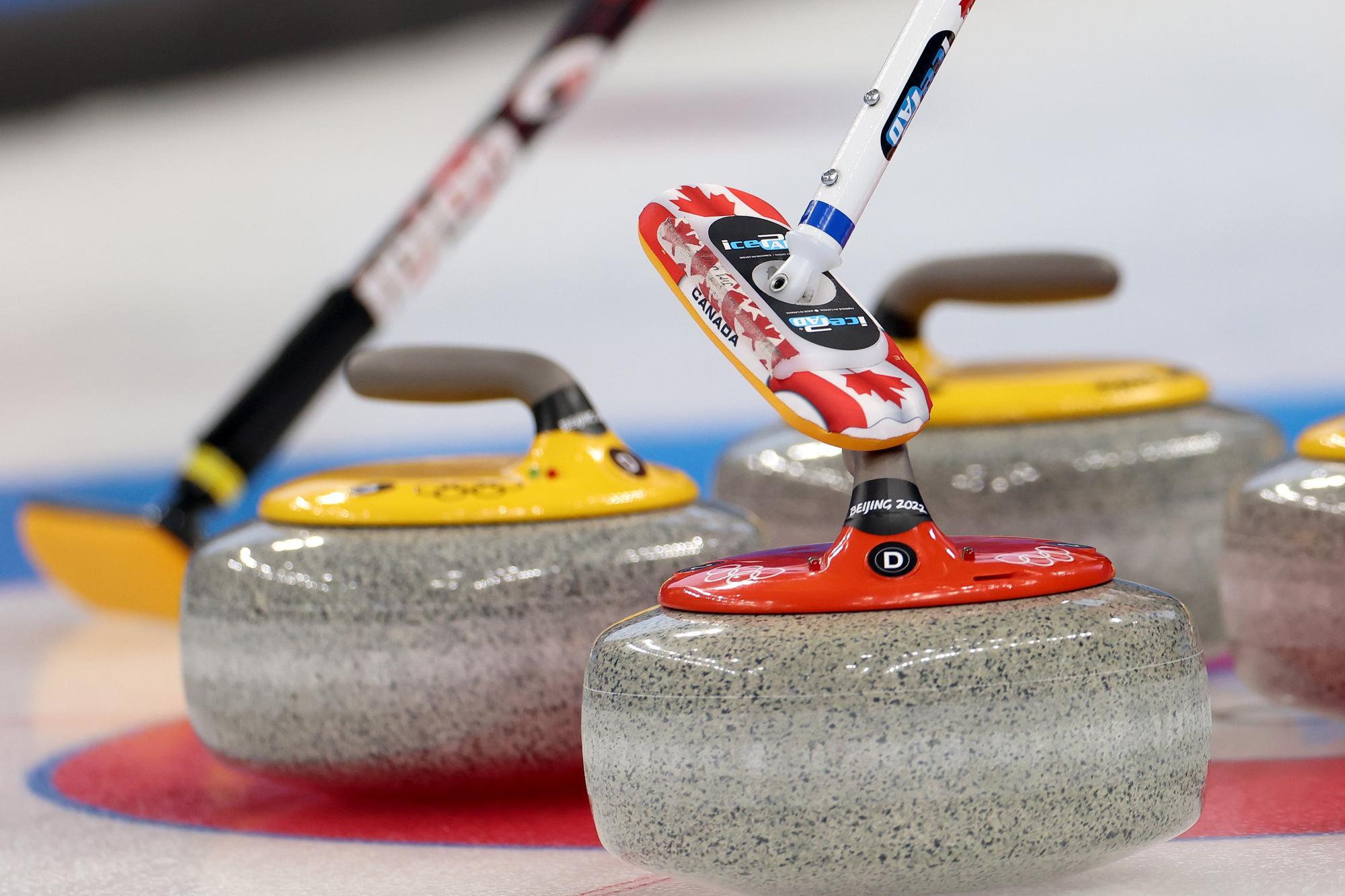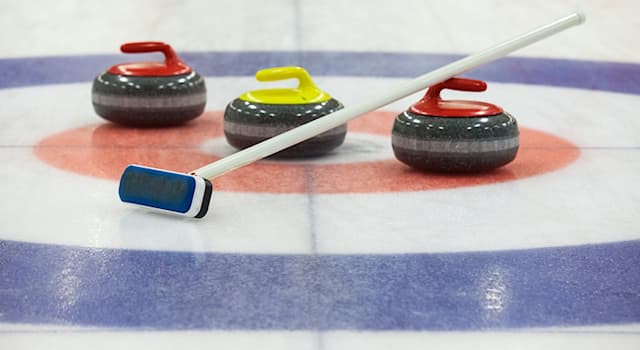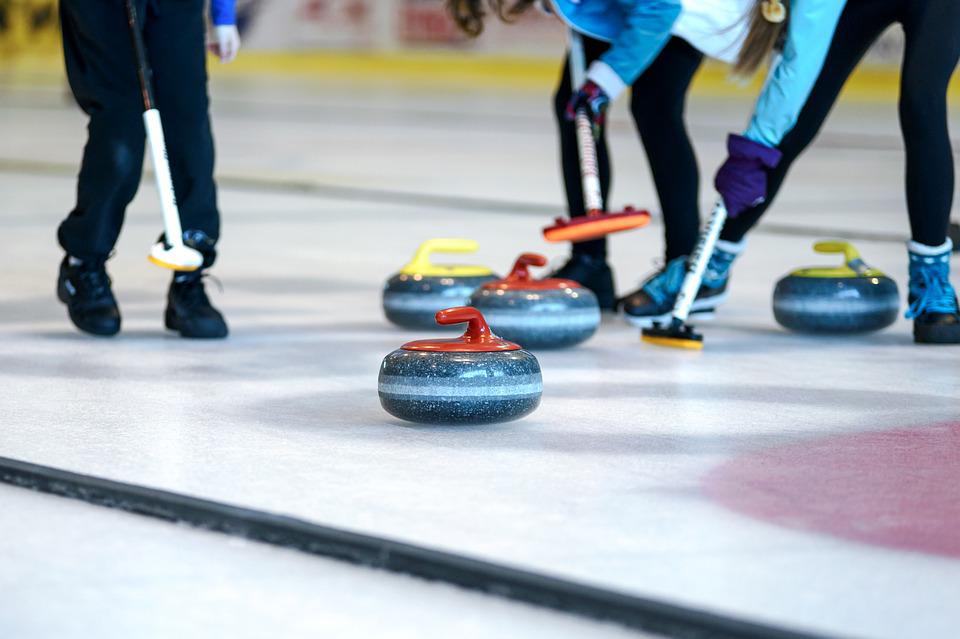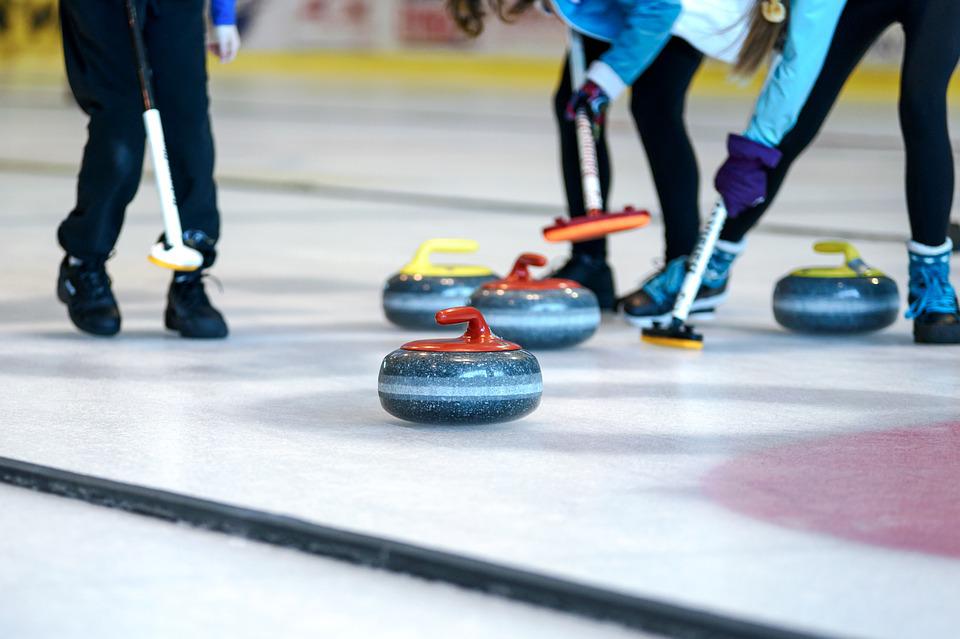How Much Does a Curling Stone Weigh? (Things to Know)
If you are wondering how much does a curling stone weigh, then you should read this article because the olympics are forth coming and you want to be well informed.
About Curling Stone

In the sport of curling, players move stones around an ice sheet toward a four-circle target area.
Shuffleboard, bowls, and boules are all related to this game. Two teams of four players slide large polished granite boulders, also known as stones over the ice curling sheet in the house’s direction, a defined circular target.
Each player throws two stones, and there are eight stones on each team.
The object of the game is to score as many points as you can; at the conclusion of each end, which is completed once both teams have thrown all of their stones, they granted points for stones that are closest to the center of the house. In a game, eight or ten ends are normal.
They held the inaugural Winter Olympics in Chamonix in 1924, and curling was on the program. However, the IOC would not acknowledge the results until 2006.
They finally incorporated the sport onto the official schedule for the Nagano Games in 1998. Until 2018, men’s and women’s events were held separately. Every day of the games, from February 2 through February 20, will feature a curling competition.
For the sixth time, curling will be featured on the Olympic calendar. The men’s, women’s, and mixed doubles competitions will feature athletes from eleven different nations.
READ ALSO:
- How Much is a Nose Job
- How Much are Guinea Pigs
- How Much Do Bus Drivers Make
- How Much Does it Cost to Put a Dog Down
What are Curling Stones Made of?

They made the curling stone from granite. The only part of the stone that touches the ice is the running surface, which is a narrow, flat annulus or ring.
The granite for the stones comes from two sources: the Trefor Granite Quarry in Wales and the Scottish island of Ailsa Craig, which is off the coast of Ayrshire.
Ailsa Craig and Blue Hone The two types of granite produced by Ailsa Craig, the traditional supplier, are Common Green and Grey. Due to Blue Hone’s poor water absorption rate, water that is constantly freezing cannot dissolve the stone.
Granite from Ailsa Craig’s Common Green quarry is of lower quality than granite from Blue Hone.
Most curling stones were once constructed of Blue Hone, but since they have designated the island a wildlife refuge, they do not permit blasting for environmental reasons.
A bolt that passes vertically through the stone’s central hole attaches the handle to the stone.
The handle enables holding and turning of the stone; on properly prepared ice, the rotation bends (curls) the stone’s path in the direction of the revolving front edge, especially as the stone slows.
Red and yellow are two of the most common colors used at major events to distinguish each team’s handles.
How Much Does a Curling Stone Weigh?

Great Britain in the 2022 Winter Olympics in Beijing. (Image: Lintao Zhang via Getty) )
There is no set weight for a curling stone. Instead, it has a range of weights—a maximum and a minimum—within which it must fall.
The official USA Curling rule states that each curling stone cannot weigh more than 44 lbs (19.96 kg) or less than 38 lbs (17.24 kg).
The handle and bolt increases weight on top of the stone. Each stone shall have a circle no larger than 36 inches (91.44 cm) in diameter and a height no greater than 4.5 inches (11.43 cm).
That is it for how much does a curling stone weigh, the size doesn’t really matter to them professionals but for curiosity’s’s sake it is best you know so you get yourself informed.
Frequently Asked Questions
Has this article, How Much Does a Curling Stone Weigh? ( Things to Know) been of any help to you in any way, you can let us by commenting in the comment section below and do us the honour to share our article with family and friends.
